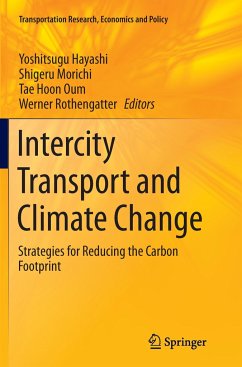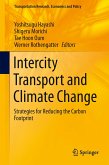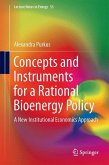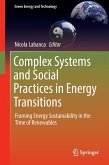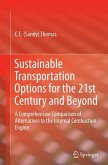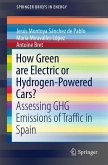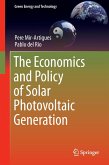While intercity passenger transport counts for about 2% of the total passenger transport volume the share of the total passenger kilometers traveled is estimated more than one third. In many countries the major part of intercity transport is performed by car and air and as a result, the contribution to the carbon footprint is substantially higher than the share of overall passenger transport performance. This creates a challenge to develop a sustainable organization of intercity transport which requires a true joint effort of policy makers, industry sectors and households. This presupposes that all options for reducing the carbon footprint of the transport modes - car, air and rail - are fully exploited through modern propulsion technology, use of regenerative energy and efficient organization of transport processes. Basic conditions for meeting this requirement are an incentive compatible public framework of regulation, taxation, charging and education, the private willingness to adjust to new behavioral patterns and a consequent push of technological progress towards energy and CO2 savings. This book begins with an international comparison of intercity transport and the current state of greenhouse gas emissions (GHG) of this transport segment. A focus is given to comparing the situation in the EU, the US and Japan while describing the more recent development of intercity transport in China, followed by an analysis of intercity transport policies and their contribution to meet the global climate change issues. This book will be of interest to researchers in transportation economics and policy, as well as civil engineering and planning.
Bitte wählen Sie Ihr Anliegen aus.
Rechnungen
Retourenschein anfordern
Bestellstatus
Storno

